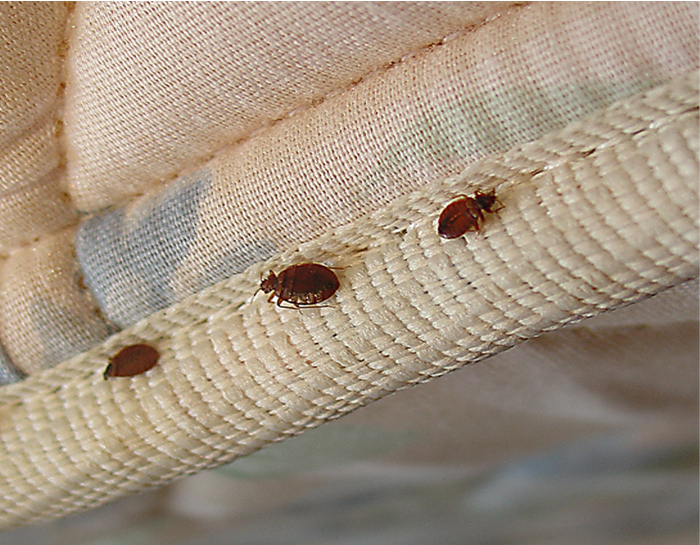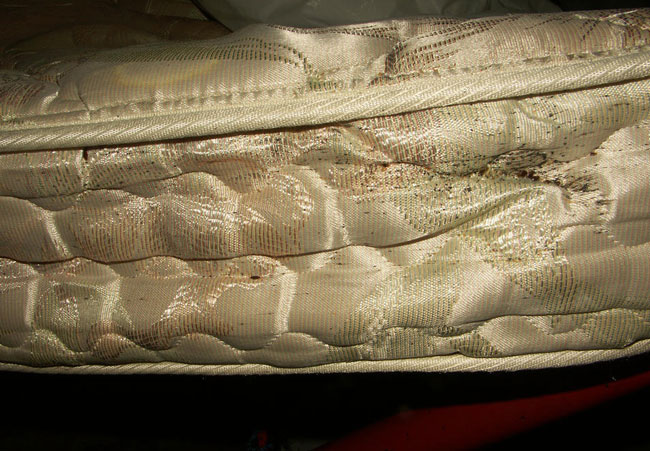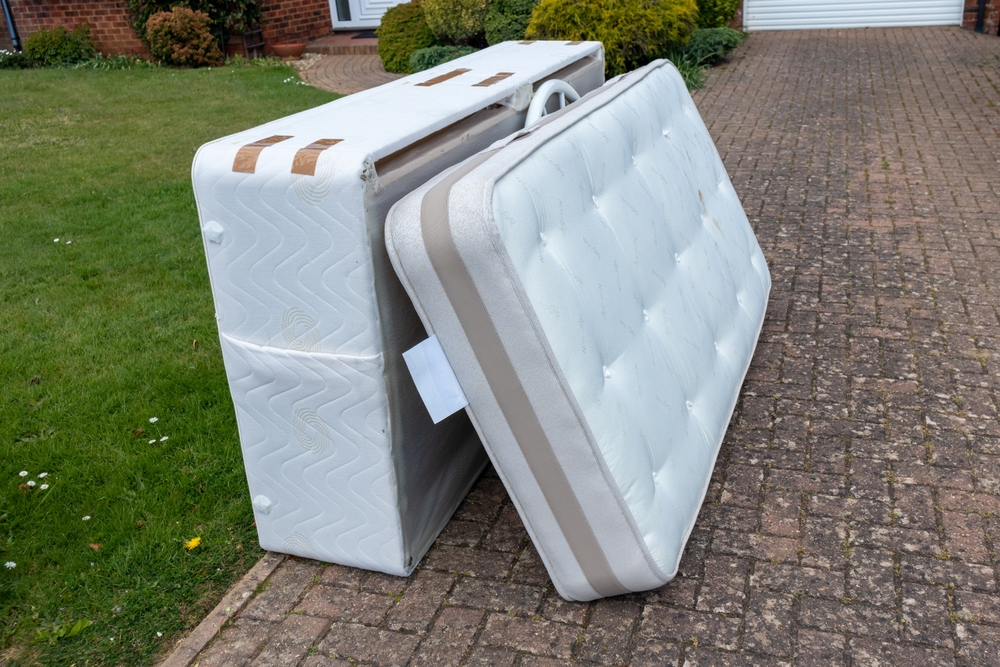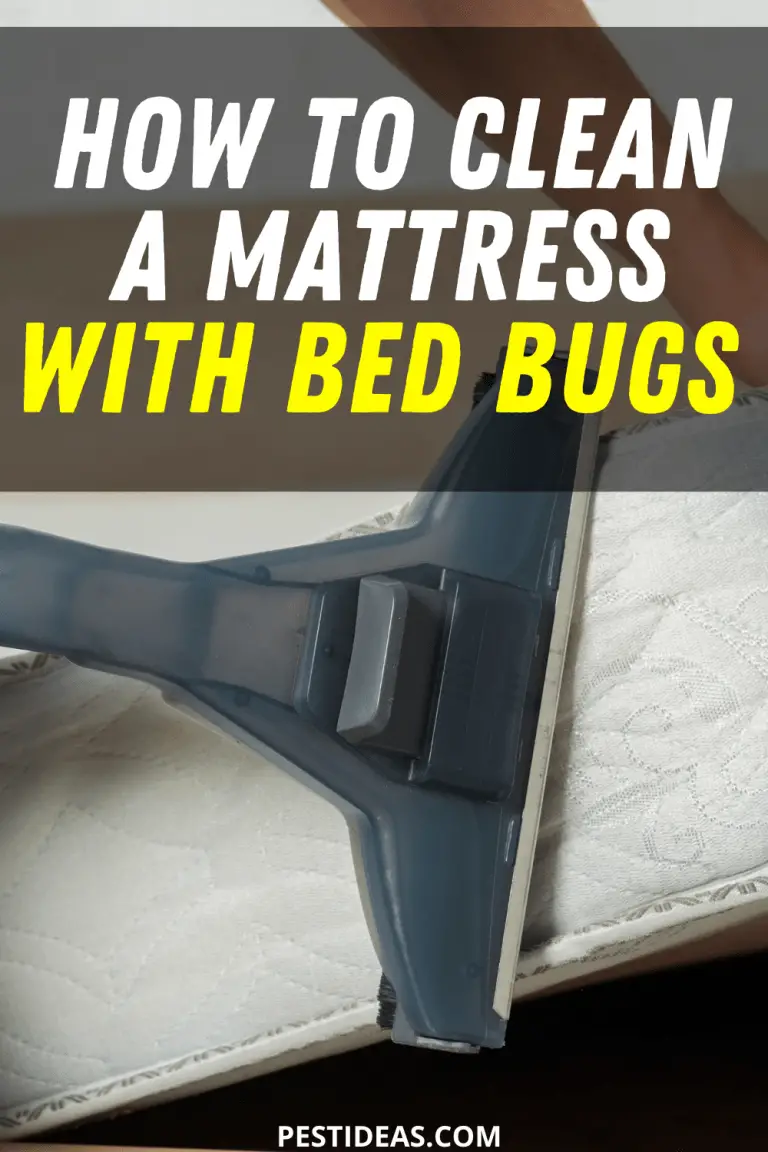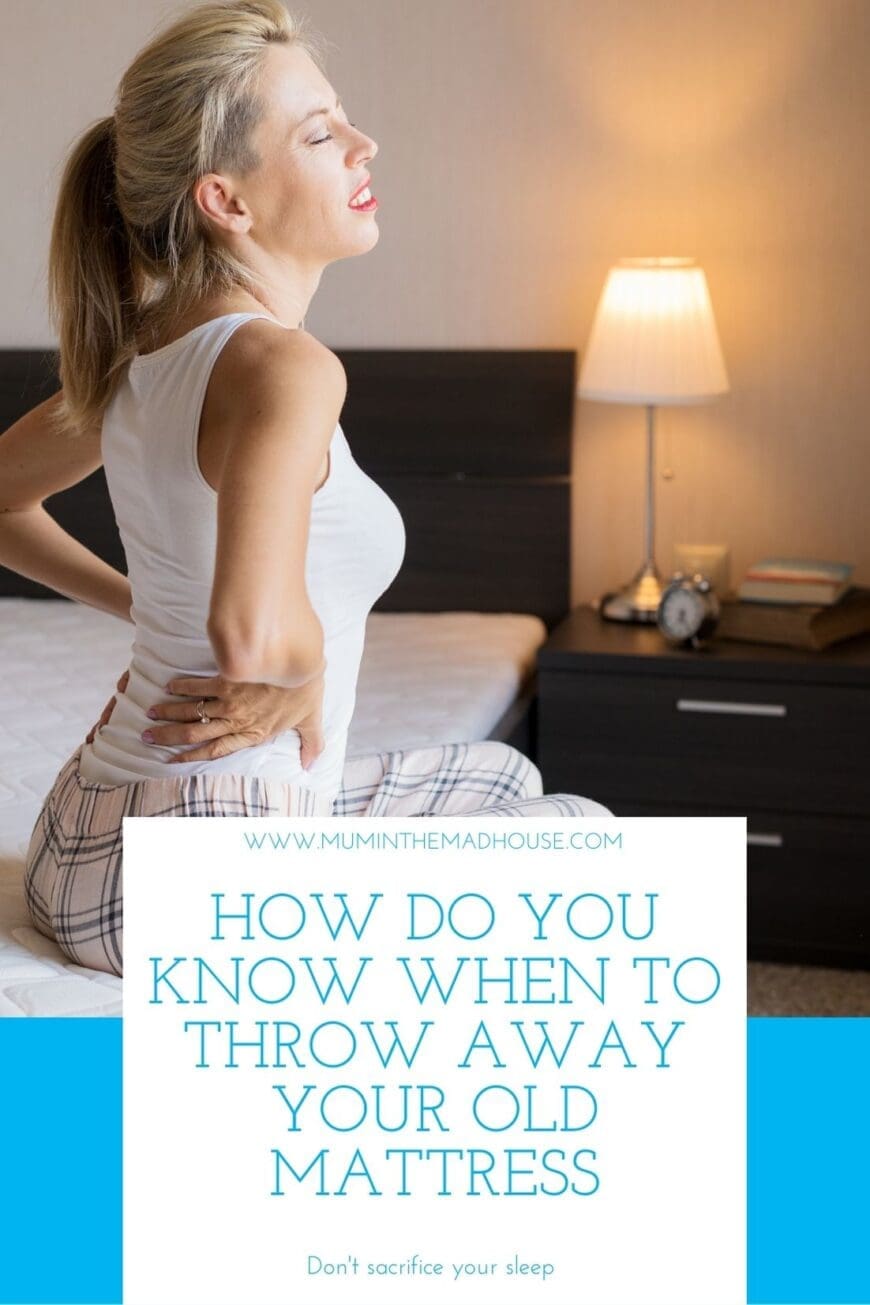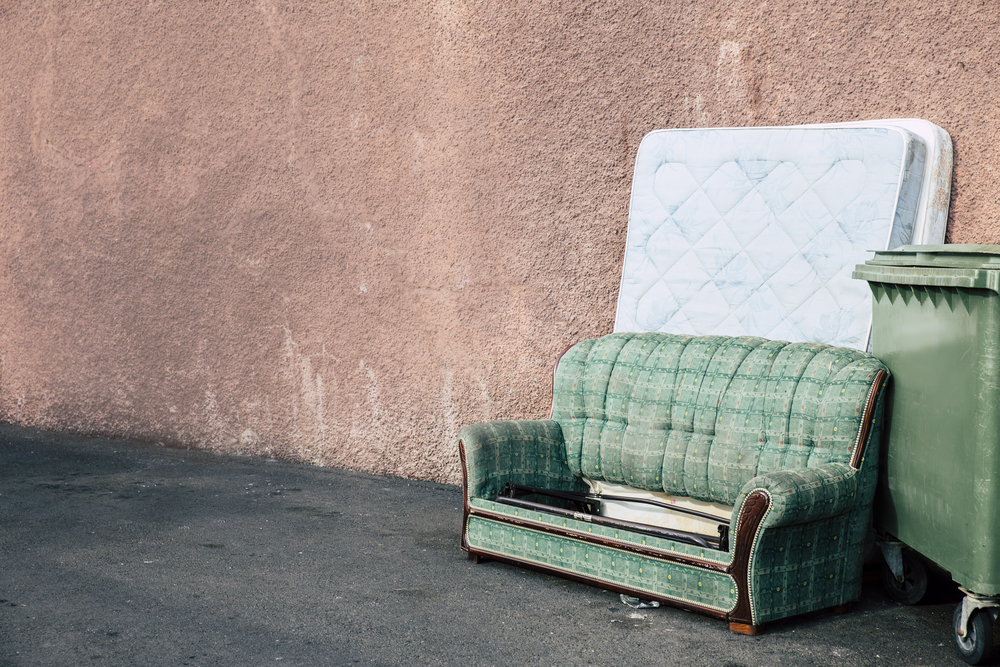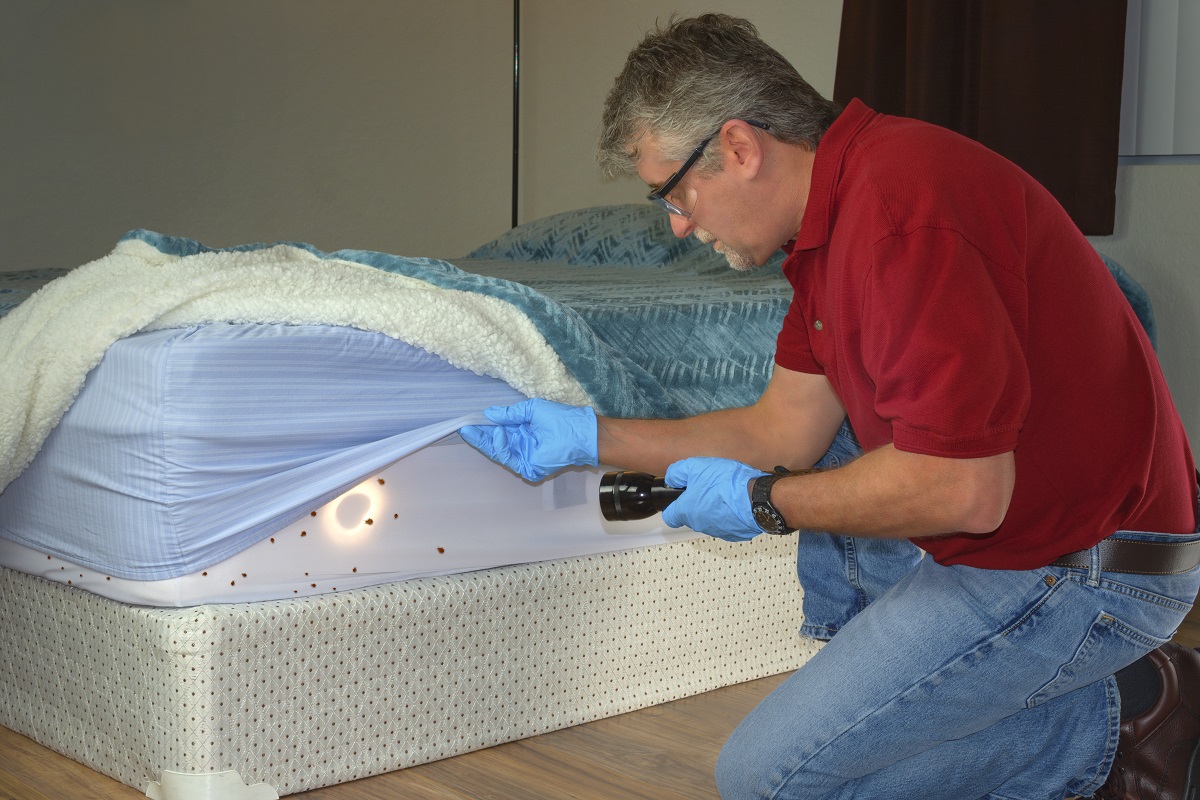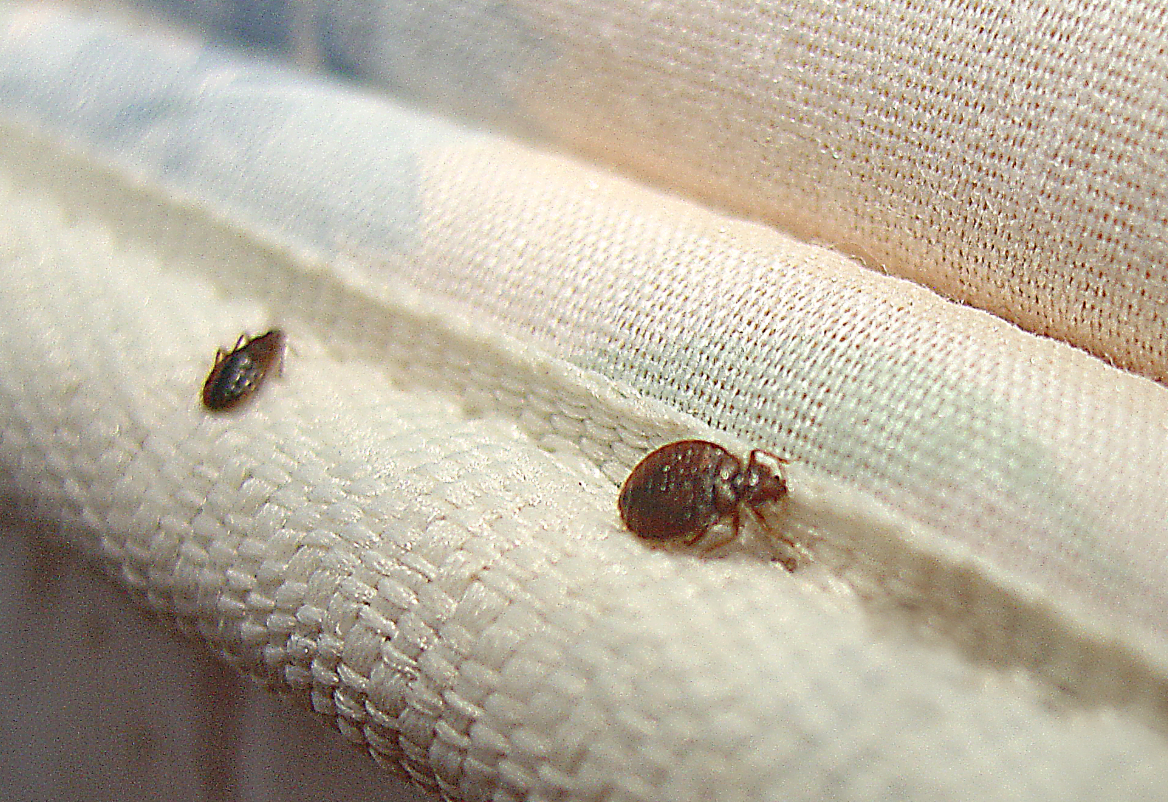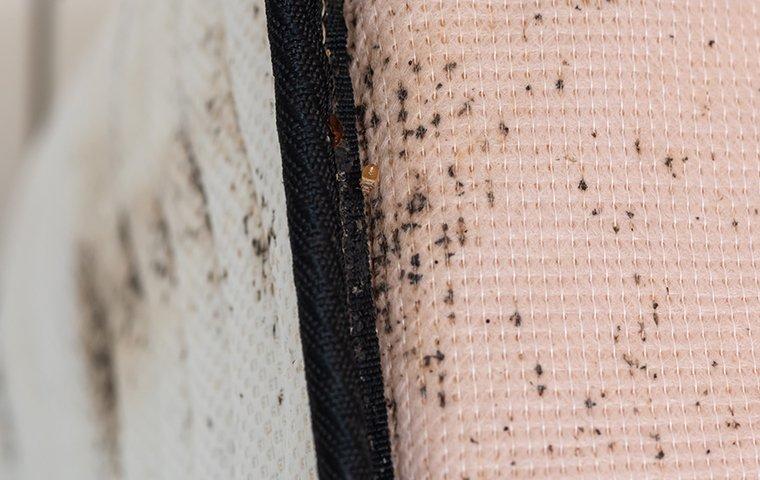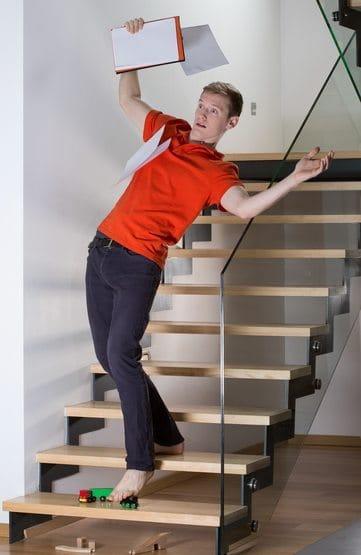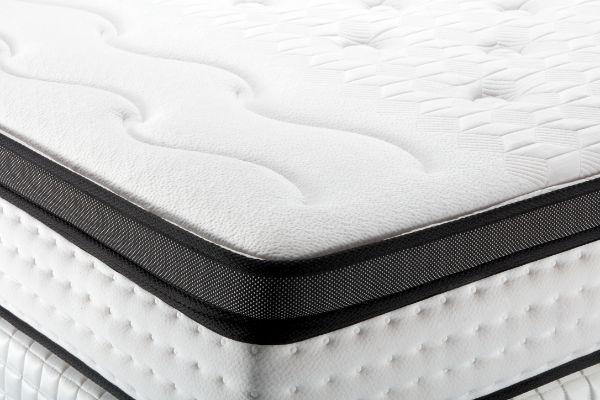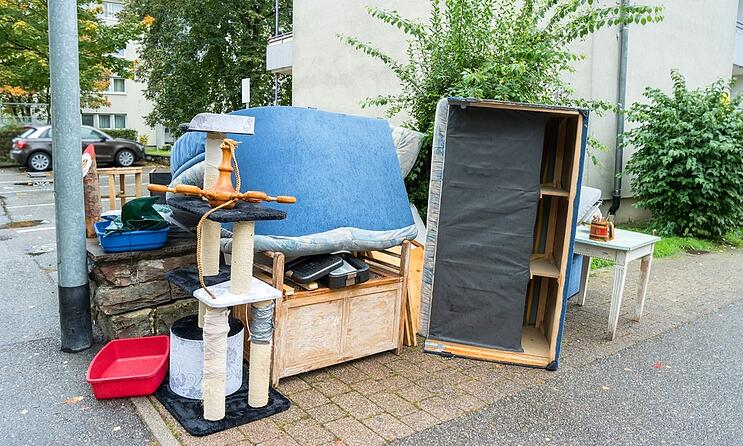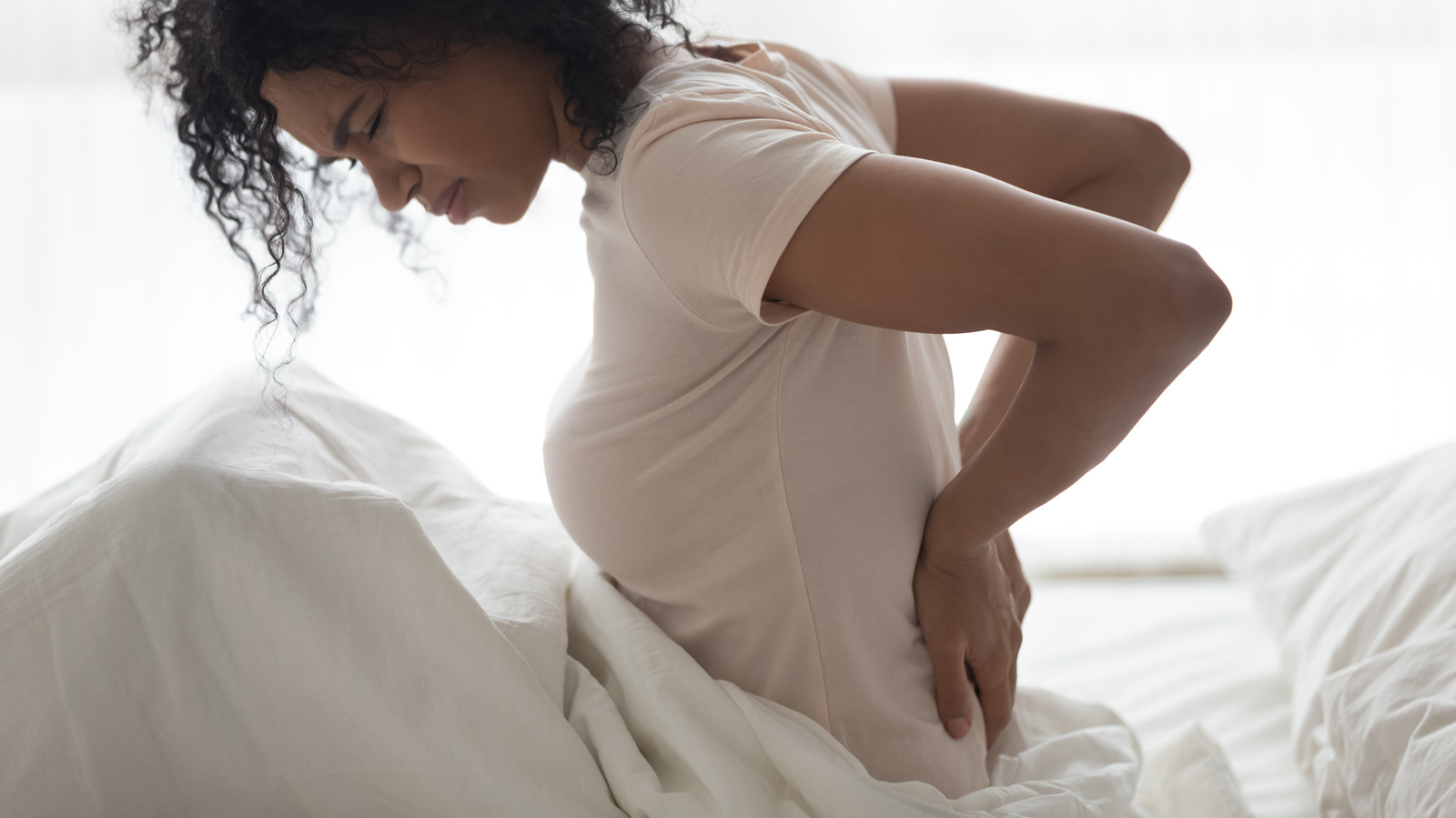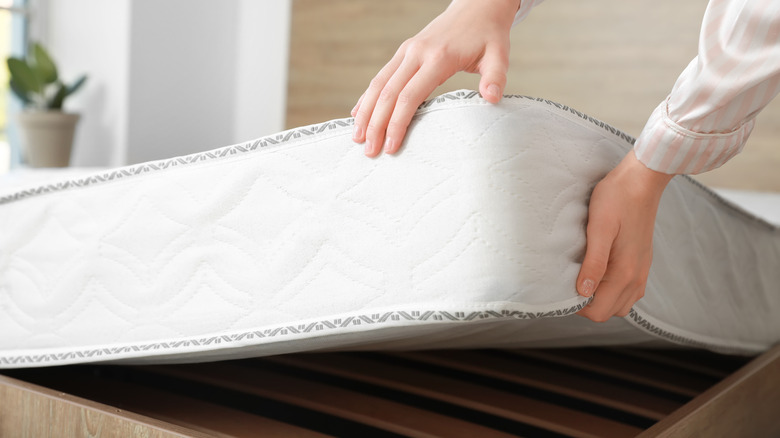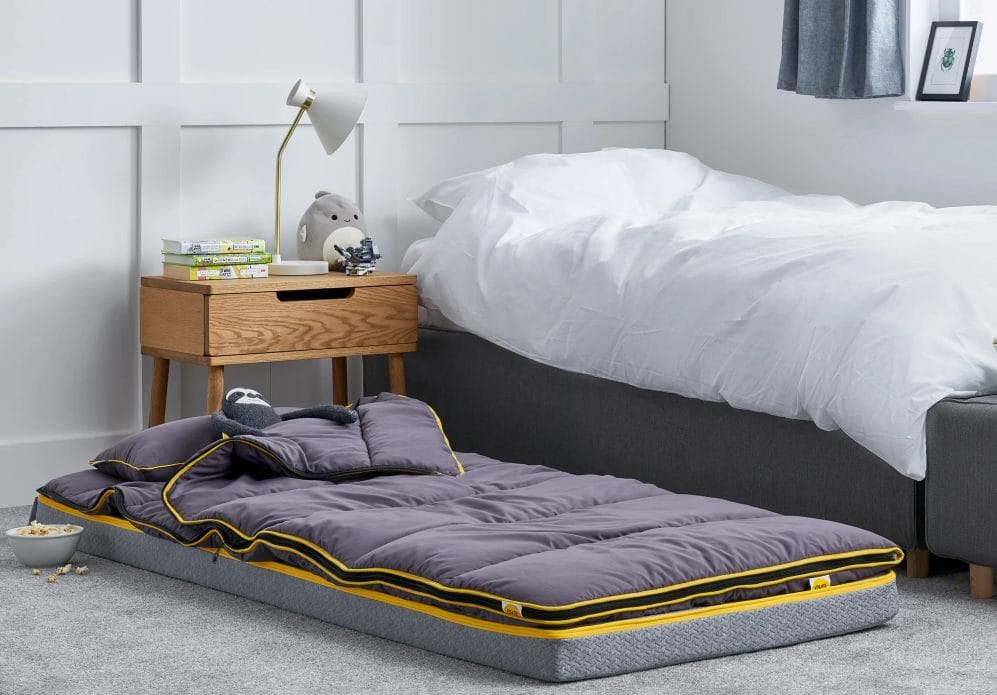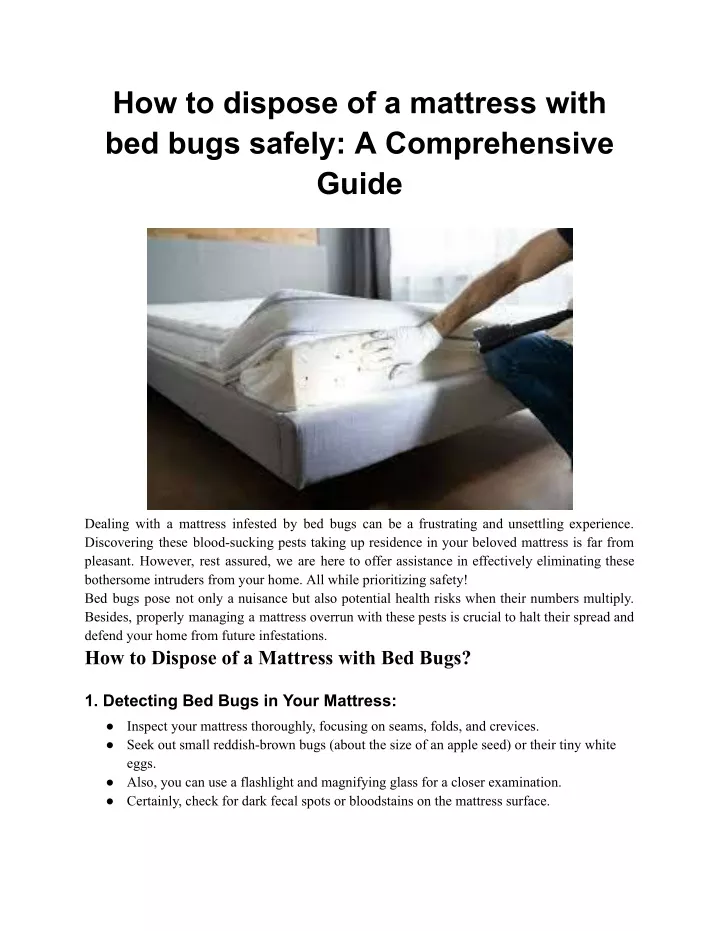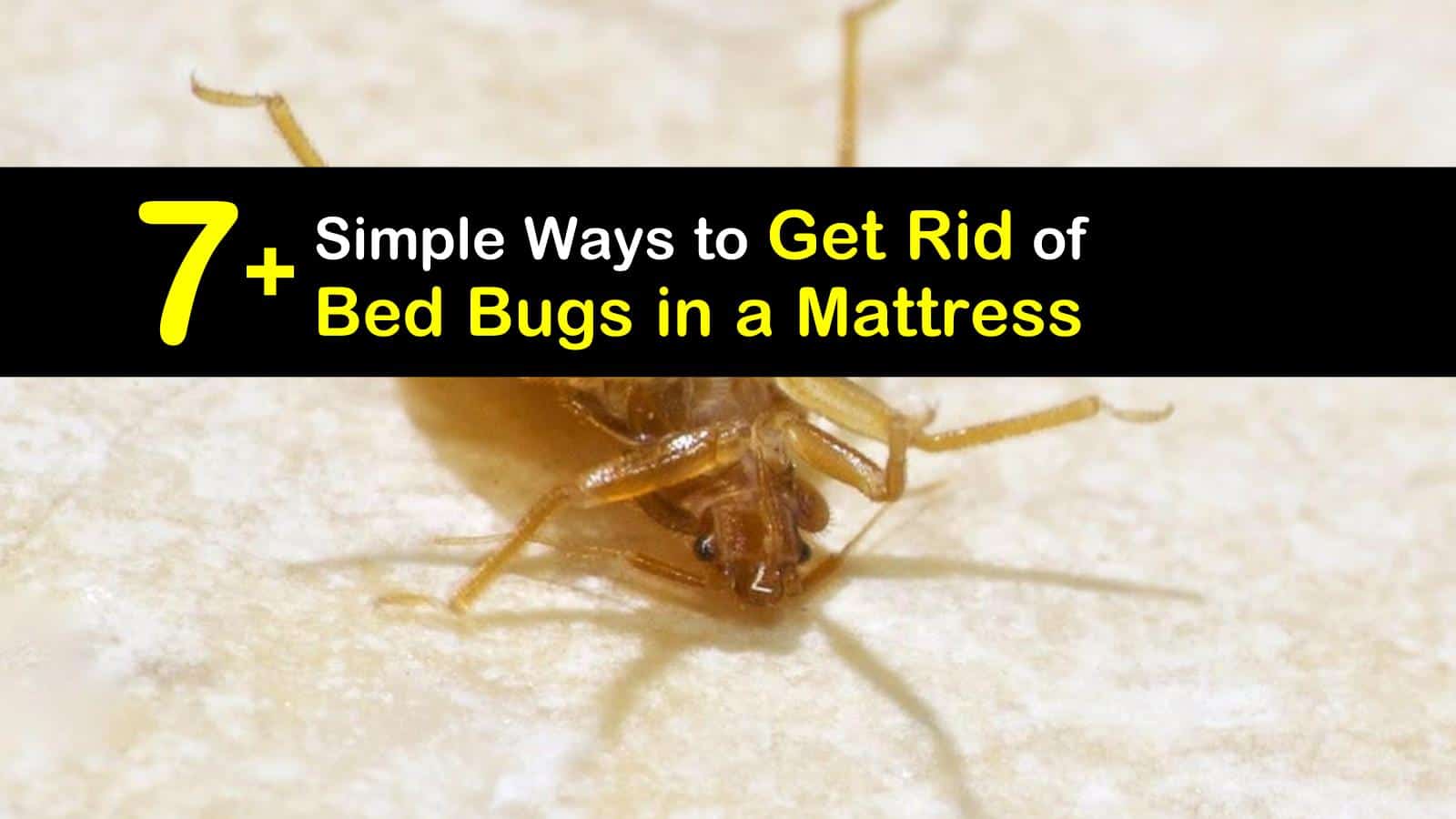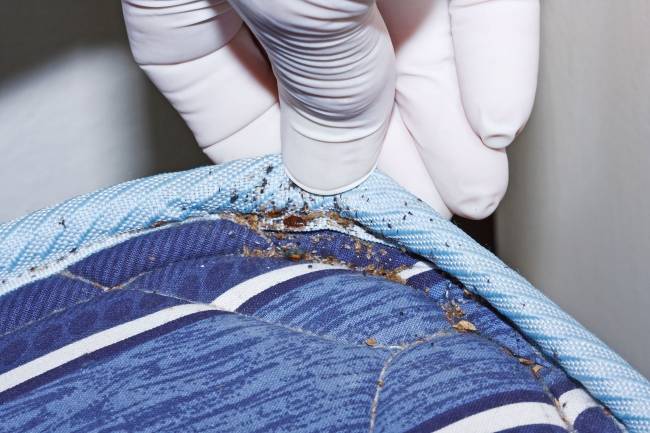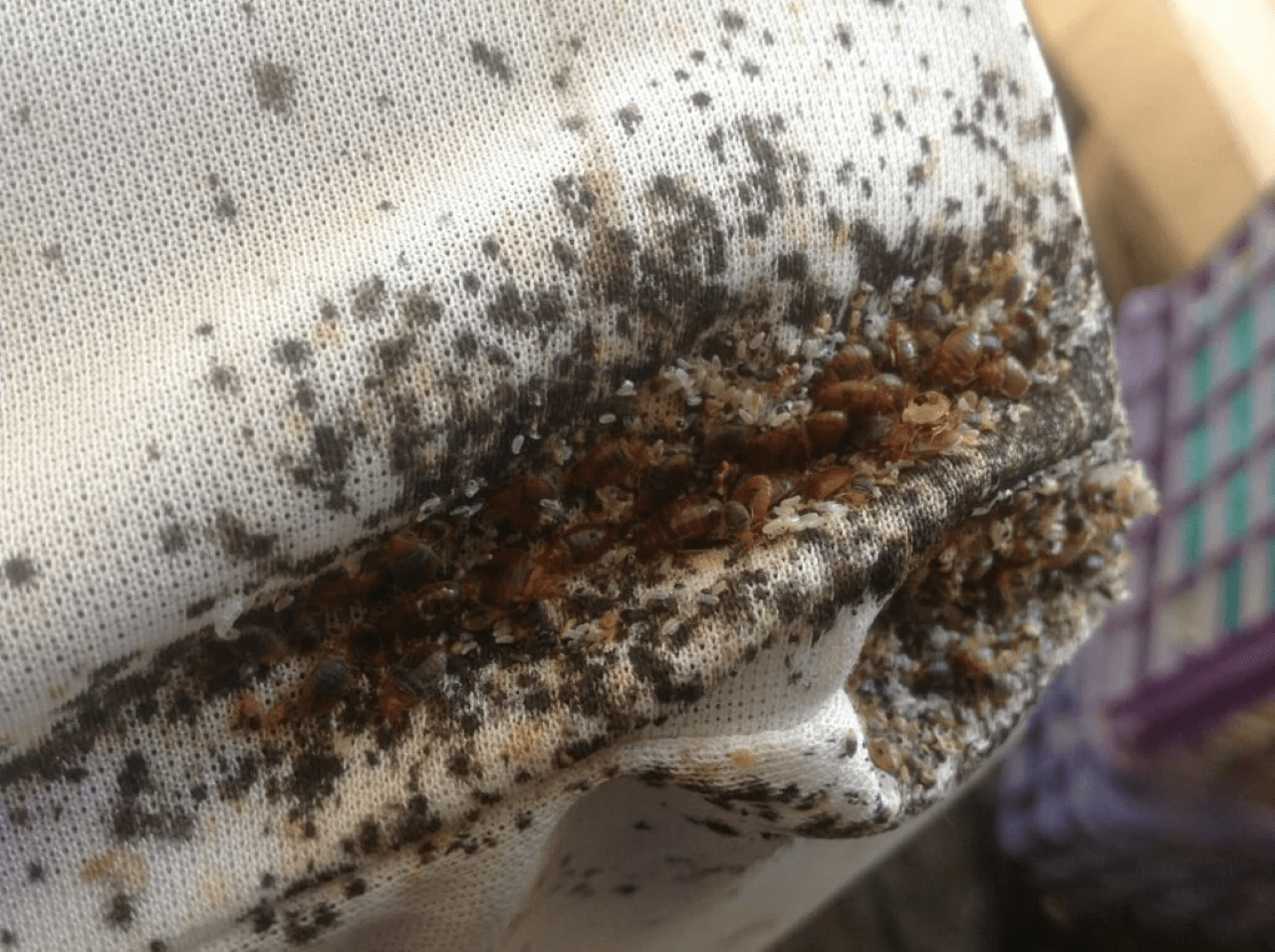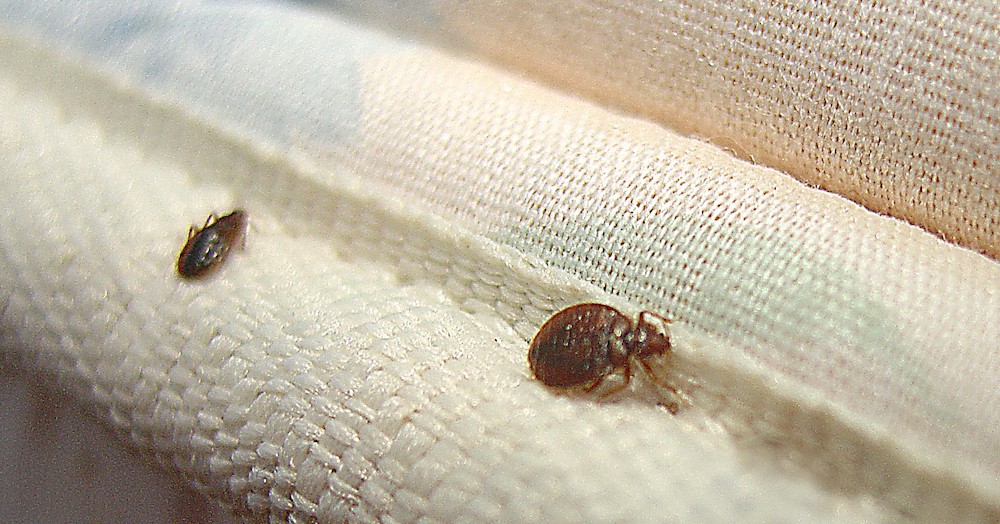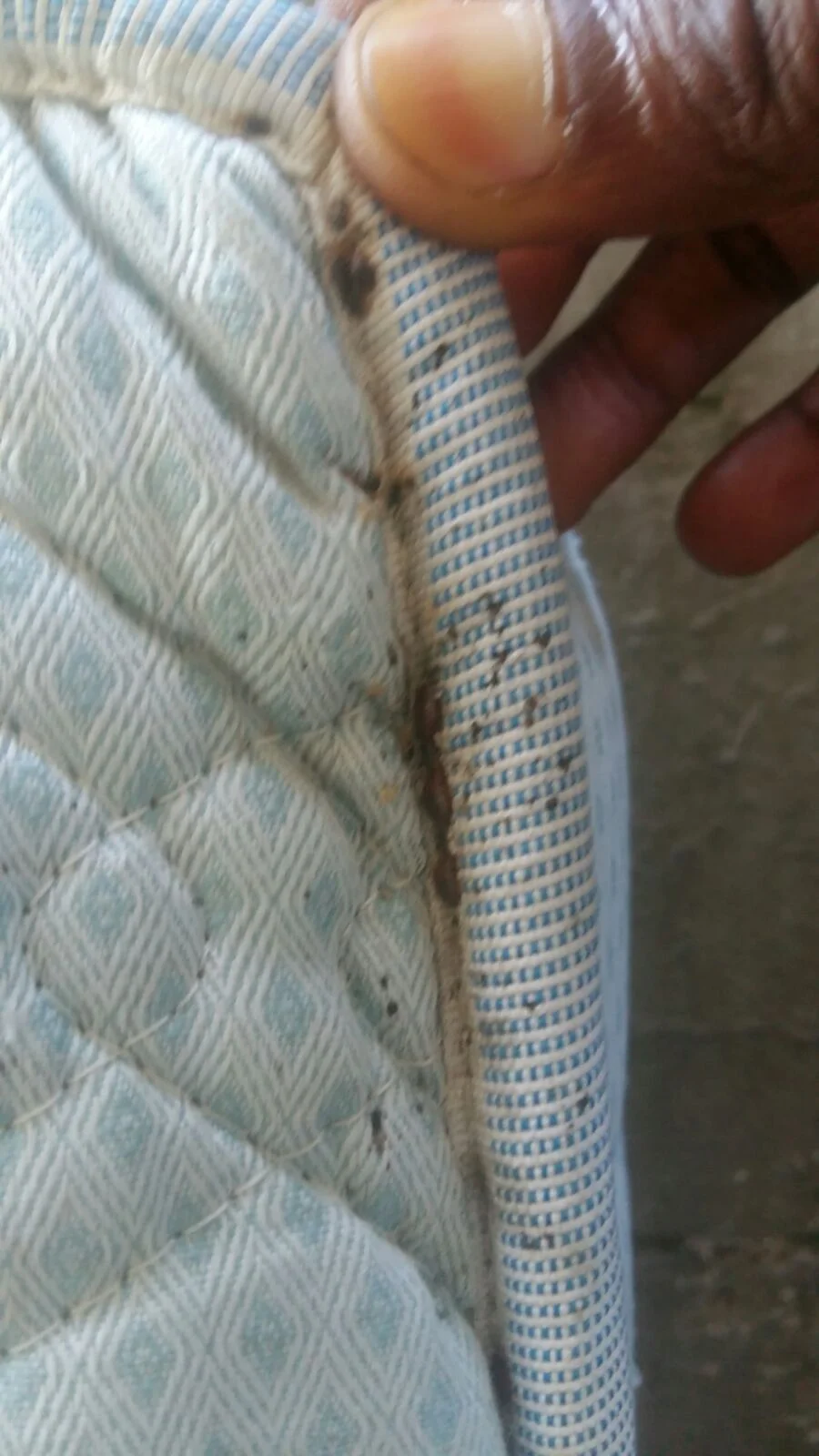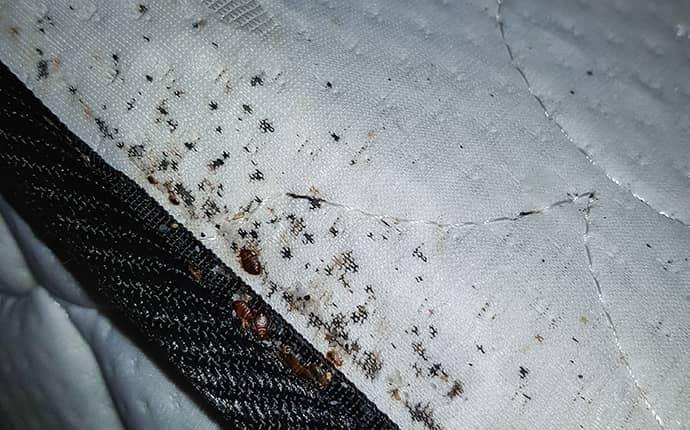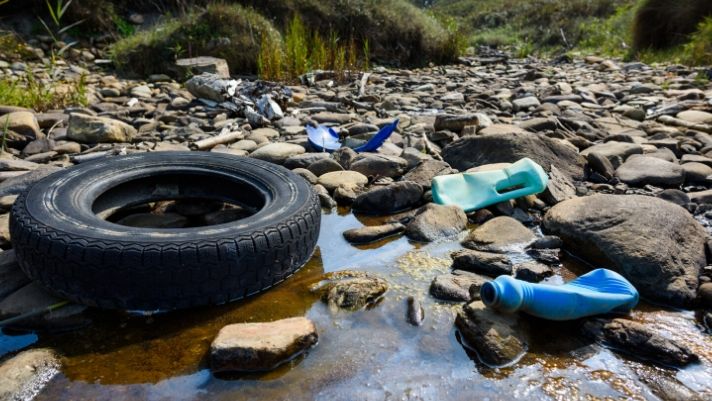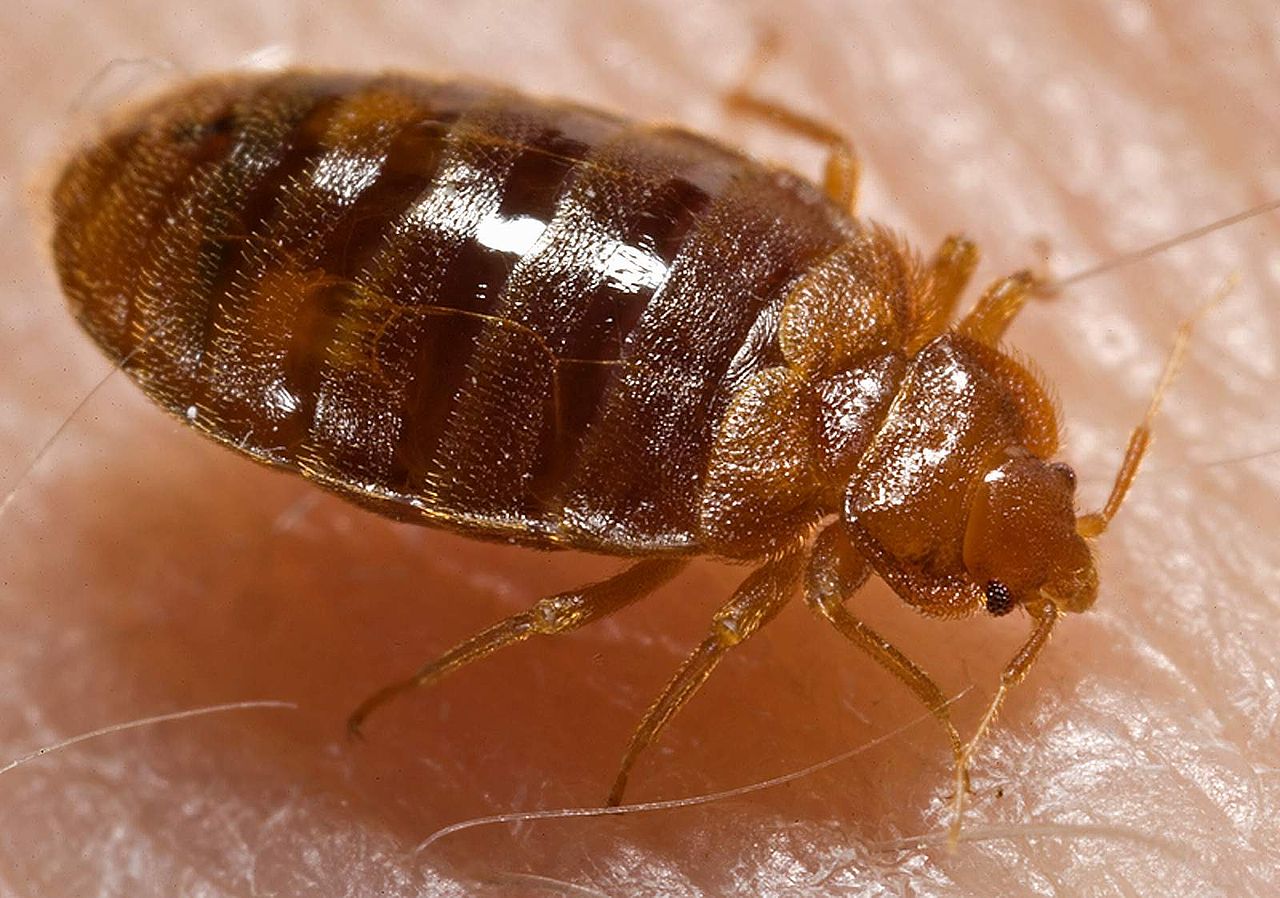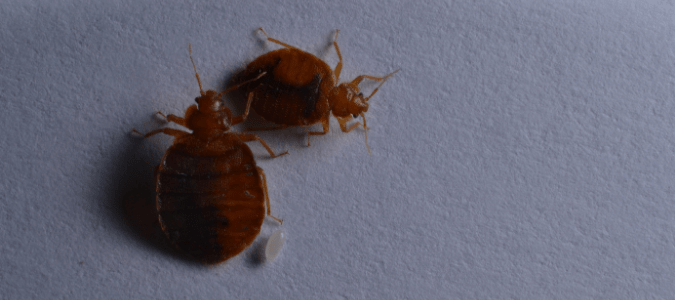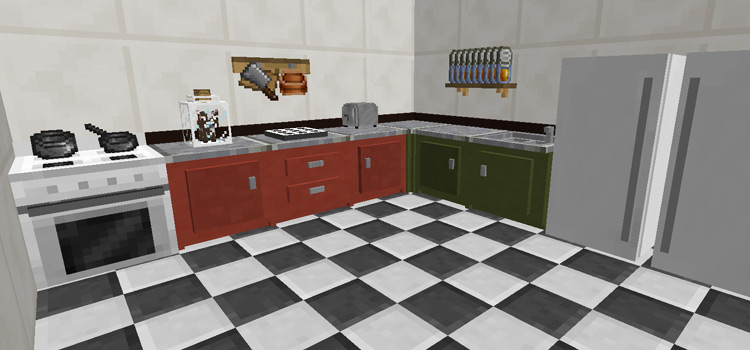If you've discovered that your mattress is infested with bed bugs, you may be wondering how to properly get rid of it. While throwing it away may seem like the easiest solution, there are a few important steps you should take to ensure that you dispose of the mattress safely and effectively. First and foremost, it's important to know that simply throwing away your mattress will not eliminate the bed bug problem. These pesky insects can easily spread to other areas of your home, including your furniture and clothing. So, it's essential to take the proper precautions before getting rid of the infested mattress. One option is to have your mattress professionally fumigated by a pest control company. This process involves using high temperatures or chemicals to kill the bed bugs and their eggs. However, this can be quite expensive and may not be within everyone's budget. Another option is to dispose of the mattress yourself, but it's important to follow the proper guidelines to avoid spreading the bed bugs to other areas of your home or to your neighbors. First, you should wrap the mattress in plastic or a mattress storage bag to contain the bed bugs. Then, you can either take the mattress to a designated disposal area or schedule a bulk pick-up with your local waste management company.1. How to Properly Dispose of a Mattress Infested with Bed Bugs
The short answer is yes, you can throw away a mattress with bed bugs. However, it's not as simple as just tossing it in the trash. As mentioned before, bed bugs can easily spread and infest other areas of your home if proper precautions are not taken. Additionally, some waste management companies have specific guidelines for disposing of items infested with bed bugs. It's important to check with your local waste management company before throwing away your mattress to ensure you are following the proper procedures. It's also important to note that it is illegal to knowingly sell or donate a mattress infested with bed bugs. So, if you are planning on getting rid of the mattress, it's crucial to take the necessary steps to prevent others from being exposed to these pests.2. Can You Throw Away a Mattress with Bed Bugs?
When it comes to disposing of a mattress with bed bugs, there are a few do's and don'ts you should keep in mind. Do:3. The Do's and Don'ts of Getting Rid of a Bed Bug Infested Mattress
Throwing away your mattress may seem like the most logical solution when dealing with a bed bug infestation. However, it's important to consider the cost and potential risks associated with this method. As mentioned before, professional fumigation can be quite expensive, and disposing of the mattress yourself may not eliminate the problem entirely. In addition, throwing away a mattress can have negative effects on the environment, as it adds to the already growing waste problem. Ultimately, the decision to throw away your mattress should be carefully considered and weighed against alternative solutions.4. Should You Throw Away Your Mattress if You Have Bed Bugs?
If you have decided that throwing away your mattress is the best course of action, there are a few steps you should take beforehand to ensure the bed bugs are contained and do not spread to other areas of your home. Step 1: Contain the Mattress The first step is to wrap the mattress in plastic or a mattress storage bag. This will prevent the bed bugs from escaping and infesting other areas of your home. Step 2: Seal Any Holes or Tears If there are any holes or tears in the plastic or mattress storage bag, be sure to seal them with duct tape to prevent any bed bugs from escaping. Step 3: Transport the Mattress Directly Once the mattress is properly contained, transport it directly from your home to the designated disposal area or waste management facility. Do not leave the mattress out in the open, as this can lead to the bed bugs spreading.5. Steps to Take Before Throwing Away a Bed Bug Infested Mattress
While throwing away a mattress may seem like the most effective solution for getting rid of bed bugs, there are a few reasons why it may not be the best option. First, as mentioned before, it can be quite expensive to have your mattress professionally fumigated or to dispose of it yourself. Additionally, it may not completely eliminate the bed bug problem, as they can easily spread to other areas of your home. Furthermore, throwing away a mattress can have a negative impact on the environment. Mattresses take years to decompose, and adding more waste to landfills is not sustainable in the long run. Consider exploring alternative solutions before resorting to throwing away your mattress.6. Why Throwing Away a Mattress May Not Be the Best Solution for Bed Bugs
If you have decided that disposing of your mattress is the best solution, it's important to do so in a safe and responsible manner. Step 1: Contain the Mattress As mentioned before, wrap the mattress in plastic or a mattress storage bag to contain the bed bugs. Step 2: Seal Any Holes or Tears Be sure to seal any holes or tears in the plastic or mattress storage bag with duct tape to prevent the bed bugs from escaping. Step 3: Follow Waste Management Guidelines Check with your local waste management company to see if they have any specific guidelines for disposing of items infested with bed bugs. This will ensure that you are following the proper procedures. Step 4: Transport the Mattress Directly Transport the mattress directly from your home to the designated disposal area or waste management facility. Do not leave the mattress out in the open or in a shared area, as this can lead to the bed bugs spreading.7. How to Safely Dispose of a Mattress with Bed Bugs
If throwing away your mattress is not an option for you, there are a few alternatives you can explore to effectively get rid of bed bugs. Professional Fumigation As mentioned before, professional fumigation can be quite expensive, but it may be the most effective way to eliminate bed bugs from your mattress. Steam Cleaning Using a steam cleaner on your mattress can also effectively kill bed bugs and their eggs. However, this method may not reach deep enough into the mattress to eliminate all of the bed bugs. Encasements Encasing your mattress in a bed bug-proof encasement can also help to contain and eliminate the bed bugs. Be sure to choose one that is specifically designed for bed bugs and has a zipper closure.8. Alternatives to Throwing Away a Mattress with Bed Bugs
As mentioned before, throwing away a mattress can have a negative impact on the environment. Mattresses take years to decompose, and adding more waste to landfills is not sustainable in the long run. Additionally, the chemicals used in professional fumigation can also have harmful effects on the environment. It's important to consider the environmental impact before choosing to throw away your mattress.9. The Environmental Impact of Throwing Away a Bed Bug Infested Mattress
While dealing with a bed bug infestation can be a stressful and overwhelming experience, there are steps you can take to prevent them from infesting your mattress in the first place. Inspect Secondhand Furniture If you are buying used furniture, be sure to thoroughly inspect it for any signs of bed bugs before bringing it into your home. Regularly Clean and Vacuum Your Mattress Regularly vacuum and clean your mattress to prevent bed bugs from settling in. Be sure to pay extra attention to the seams and folds of the mattress. Use a Mattress Encasement Using a bed bug-proof encasement on your mattress can help to prevent bed bugs from infesting it in the first place. Be sure to choose one that has a zipper closure and is specifically designed for bed bugs. Dealing with a bed bug infestation can be a frustrating and overwhelming experience. However, by following the proper guidelines and taking the necessary precautions, you can effectively get rid of an infested mattress and prevent future infestations. Remember, throwing away a mattress should be a last resort and should be done in a responsible and environmentally-friendly manner.10. Tips for Preventing Bed Bugs from Infesting Your Mattress in the First Place
Why Throwing Away Mattresses May Not Be the Best Solution for Bed Bugs
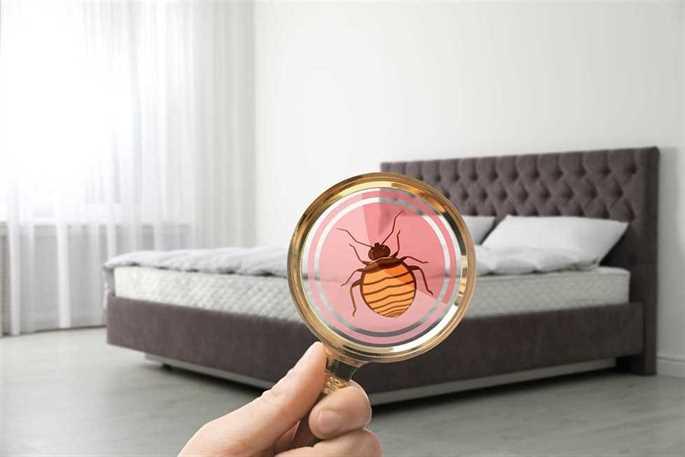
The Dilemma of Dealing with Bed Bugs
 Bed bugs are a common problem in households, with these tiny pests causing a lot of frustration and discomfort. These bugs are notorious for their ability to hide and reproduce quickly, making them difficult to get rid of. As a result, many people consider throwing away their mattresses as a solution to get rid of bed bugs. However, this may not always be the best course of action, and here's why.
Bed bugs are a common problem in households, with these tiny pests causing a lot of frustration and discomfort. These bugs are notorious for their ability to hide and reproduce quickly, making them difficult to get rid of. As a result, many people consider throwing away their mattresses as a solution to get rid of bed bugs. However, this may not always be the best course of action, and here's why.
The Risks of Throwing Away Mattresses
 Throwing away mattresses is not only expensive, but it can also be harmful to the environment.
The majority of old mattresses end up in landfills, where they take up valuable space and can release harmful chemicals into the environment. In addition, disposing of a mattress can also be a laborious and time-consuming process, especially if you have to transport it to a landfill yourself.
Throwing away mattresses is not only expensive, but it can also be harmful to the environment.
The majority of old mattresses end up in landfills, where they take up valuable space and can release harmful chemicals into the environment. In addition, disposing of a mattress can also be a laborious and time-consuming process, especially if you have to transport it to a landfill yourself.
Why Throwing Away Mattresses May Not Get Rid of Bed Bugs
 While throwing away a mattress may seem like a logical solution, it may not guarantee that you'll get rid of bed bugs completely.
Bed bugs are resilient and can survive for months without feeding, meaning they can easily move to other areas of your home and infest new mattresses.
Additionally, if you don't properly dispose of your mattress, bed bugs can easily spread to other people's homes, making it a community-wide problem.
While throwing away a mattress may seem like a logical solution, it may not guarantee that you'll get rid of bed bugs completely.
Bed bugs are resilient and can survive for months without feeding, meaning they can easily move to other areas of your home and infest new mattresses.
Additionally, if you don't properly dispose of your mattress, bed bugs can easily spread to other people's homes, making it a community-wide problem.
Alternative Solutions to Consider
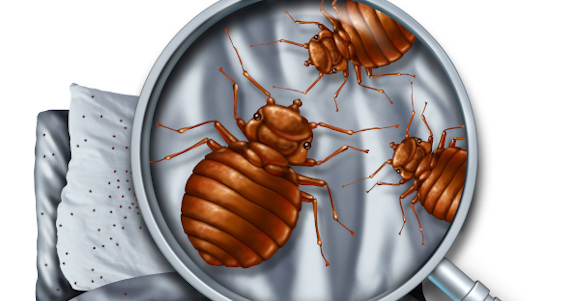 Rather than throwing away your mattress, there are other steps you can take to get rid of bed bugs. One solution is to
hire a professional pest control company
that specializes in bed bug removal. They have the expertise and equipment to effectively eliminate bed bugs and prevent future infestations.
Another option is to
use heat treatments
to get rid of bed bugs. This involves using specialized equipment to heat the affected area to a temperature that is lethal to bed bugs, effectively killing them and their eggs. This method is environmentally friendly and can be more cost-effective than throwing away a mattress.
Rather than throwing away your mattress, there are other steps you can take to get rid of bed bugs. One solution is to
hire a professional pest control company
that specializes in bed bug removal. They have the expertise and equipment to effectively eliminate bed bugs and prevent future infestations.
Another option is to
use heat treatments
to get rid of bed bugs. This involves using specialized equipment to heat the affected area to a temperature that is lethal to bed bugs, effectively killing them and their eggs. This method is environmentally friendly and can be more cost-effective than throwing away a mattress.
Conclusion
 While it may be tempting to throw away your mattress as a solution to bed bugs, it may not be the best course of action. Not only is it expensive and harmful to the environment, but it also may not completely get rid of the problem. Consider alternative solutions, such as hiring a professional pest control company or using heat treatments, to effectively eliminate bed bugs and prevent future infestations.
While it may be tempting to throw away your mattress as a solution to bed bugs, it may not be the best course of action. Not only is it expensive and harmful to the environment, but it also may not completely get rid of the problem. Consider alternative solutions, such as hiring a professional pest control company or using heat treatments, to effectively eliminate bed bugs and prevent future infestations.





